
Learn why generators should never get wet and how to protect them from moisture to ensure safety and optimal performance.

Learn why running a generator in a garage, even with the door open, poses serious safety risks.

Learn the risks of using electrical equipment in the rain and how to stay safe with essential waterproofing tips.
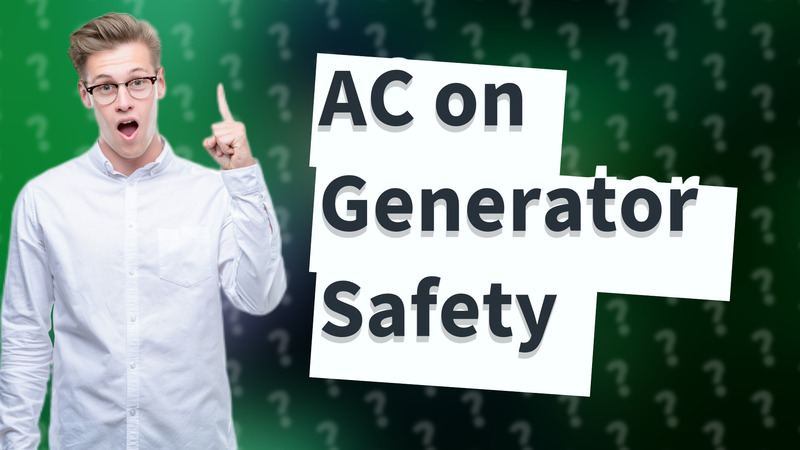
Learn if running an AC on a generator is safe and what you need to consider for optimal performance.

Learn the essential clearance needed around your generator to ensure safe operation and avoid hazards. Get critical tips for setup!
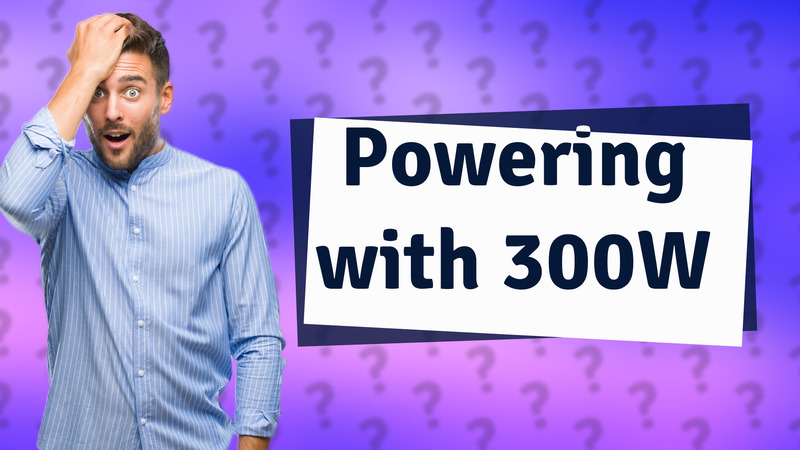
Discover the types of devices suitable for a 300W inverter without risk of overload.
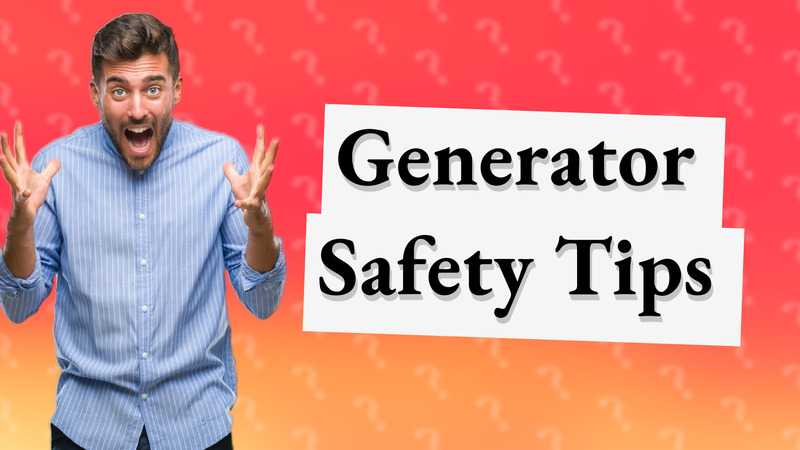
Learn how to safely operate a generator to prevent electric shock with these essential tips and precautions.
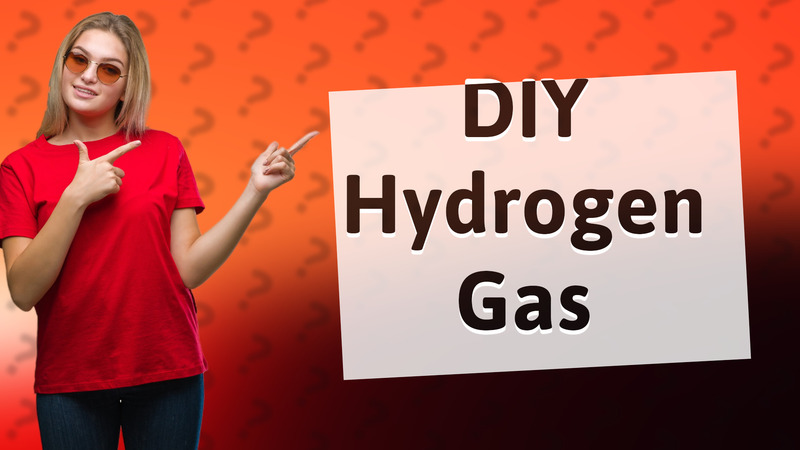
Learn how to safely produce hydrogen gas at home using electrolysis. Key safety tips included!

Discover why it's dangerous to sleep with a generator running indoors and learn essential safety precautions to protect your health.
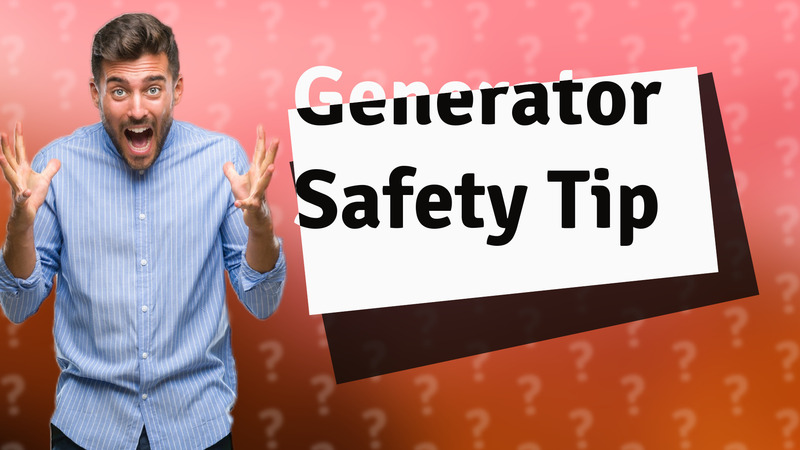
Learn why you should keep your generator outside to prevent carbon monoxide poisoning and ensure safety at home.

Learn why you should never move a generator while it's running and how to safely transport your generator.

Discover why running your generator with a cover can be dangerous and learn how to protect it safely.

Learn how to protect your generator from rain damage with expert tips on ventilated covers and safety measures.

Learn how generators convert mechanical energy to electricity during power outages. Discover how to safely use one during emergencies.

Learn the key safety tips for enclosing your generator to ensure proper ventilation and prevent hazards.

Learn why covering your portable generator is crucial for protection from the elements and how it extends its lifespan.

Learn the best practices for generator placement to ensure safety and efficiency. Keep your home safe from carbon monoxide hazards.

Learn the best practices for generator placement during storms to ensure safety and prevent hazards like carbon monoxide poisoning.

Learn essential safety measures when your generator gets wet to prevent accidents and ensure proper use.

Learn why covering your generator is essential for longevity and efficiency, plus expert tips for optimal usage.

Learn the safe distance for placing a portable generator from your house to prevent hazards. Stay safe and informed!

Learn how long batteries last in electronic safes and essential tips for battery management to avoid lockouts.

Learn why running a generator in a closed room is dangerous and discover essential safety tips for outdoor use.

Learn the risks of leaving a generator on overnight and how to ensure safety while using one.
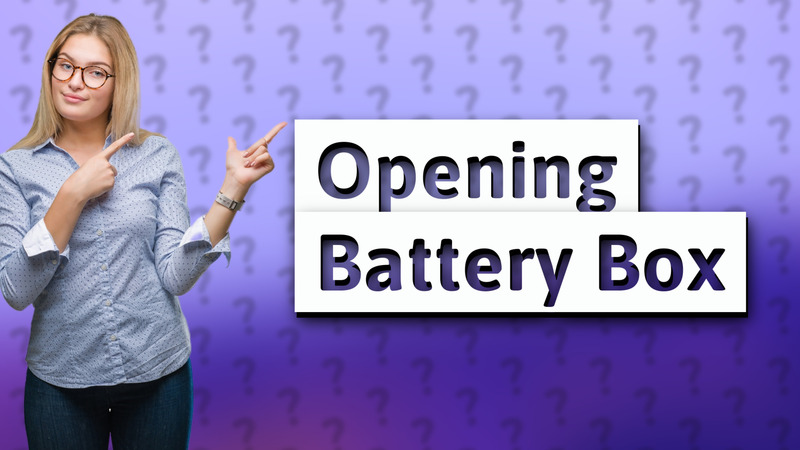
Learn how to open a plastic battery box safely and efficiently with our step-by-step guide.

Learn how to operate the FS22 tree cutting machine safely and effectively with our step-by-step guide.

Discover why mowing wet grass is not recommended and learn tips for achieving a better lawn cut.

Learn how to open a battery pack safely with our step-by-step guide. Avoid leaks and damage with expert tips.

Learn about WD40's non-conductive properties and its safe applications in electrical maintenance.

Learn why you should avoid using WD-40 on electronics and discover safer alternatives for maintenance.

Discover whether WD-40 can transmit electricity or not. Find out its primary uses and safety tips here!

Discover whether using WD-40 on electric plugs is safe and what alternatives you should consider.

Discover why WD-40 isn't suitable for electrical wires and what alternatives are best for maintenance.

Learn why WD-40 should not be used on electrical circuits and discover safer alternatives for electronics maintenance.

Discover if WD-40 is safe for use on light bulb sockets and what alternatives to use for maintenance.
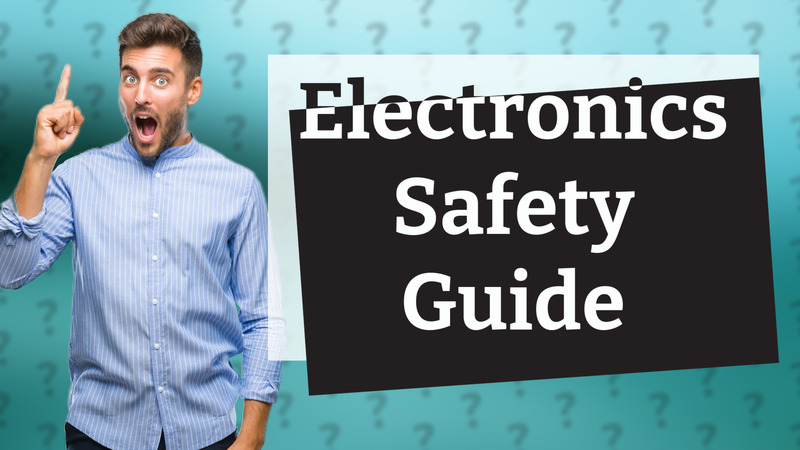
Discover if WD-40 is safe for electronics and learn essential tips to avoid damage. Find the best alternatives for electronics cleaning.

Discover why WD-40 should not be used on circuits and what alternatives to choose for electronic maintenance.

Discover why WD-40 isn't suitable for electrical connections and learn about better alternatives for safe maintenance.

Discover why WD-40 should not be used on electrical plugs and what alternatives are safer and more effective.

Discover why using a hair dryer on your charger port is risky and learn safe drying methods.

Learn how to safely remove a stuck battery using effective and gentle methods.

Learn effective methods to ground plastic containers and reduce static electricity buildup in sensitive environments.

Learn crucial steps to take if you encounter a hissing battery. Safety first—know how to handle the situation effectively.